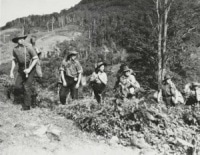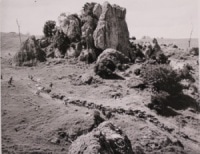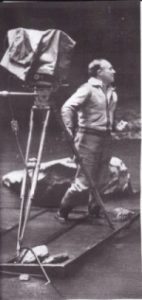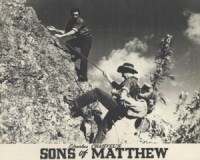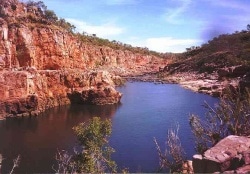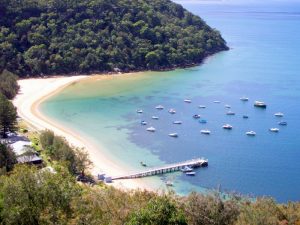Posted by scarlsson at 10:00, June 28 2012.
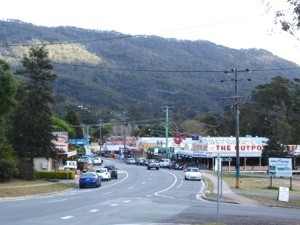 We’re in Queensland! No other town in Australia has featured as much in Charles Chauvel’s films as Canungra. The little town tucked into the foothills of the Great Dividing Range, in the Gold Coast hinterland, was the location for scenes in his 1935 film “Heritage”, his second war film, “Rats of Tobruk” and then the epic “Sons of Matthew”. Canungra was first established by timber-cutters, but today is a hub for The Scenic Rim, an area of tourism, wineries and horse studs. It is the gateway to the Lamington National Park and Mt. Tamborine – two of Chauvel’s key locations for his pioneering drama, “Sons of Matthew”. The film gave Michael Pate his first leading role as the oldest son, Shane, and the youngest was played by John Ewart, later familiar to Australian film and television audiences.
We’re in Queensland! No other town in Australia has featured as much in Charles Chauvel’s films as Canungra. The little town tucked into the foothills of the Great Dividing Range, in the Gold Coast hinterland, was the location for scenes in his 1935 film “Heritage”, his second war film, “Rats of Tobruk” and then the epic “Sons of Matthew”. Canungra was first established by timber-cutters, but today is a hub for The Scenic Rim, an area of tourism, wineries and horse studs. It is the gateway to the Lamington National Park and Mt. Tamborine – two of Chauvel’s key locations for his pioneering drama, “Sons of Matthew”. The film gave Michael Pate his first leading role as the oldest son, Shane, and the youngest was played by John Ewart, later familiar to Australian film and television audiences.
Another major location base was the O’Reilly’s homestead on the Lamington Plateau. Well known today as a tourist resort, in the 40’s it was a farmhouse that sometimes took in paying guests. At O’Reilly’s, Charles and Elsa Chauvel wrote the first draft of their “Sons of Matthew” screenplay, and many of the films’ rainforest scenes were shot on the Plateau.
Not to be forgotten are the other locations used in the Scenic Rim, where the Chauvels received great assistance from local people – in Rathdowney, the Darlington Valley, and Numinbah.
Excerpt from book:
“It was a tough initiation for some of the technicians, as many had never ridden a horse. They made an exhausting ascent up the narrow, rock-strewn trails of the Saddleback, behind bellowing frightened cattle – it was, after all, what the O’Reillys had done! One bullock slipped over the edge of the trail, but its fall was checked by a tree, and after twenty minutes of hard work the men were able to pull the bulky animal to the top. Not only the cattle were afraid on this journey. During lunch break, Bernard O’Reilly had casually killed a death adder, remarking that they were in adder country. The crew and cast were nervous for the rest of the day, turning over every rock or log they sat on.”
